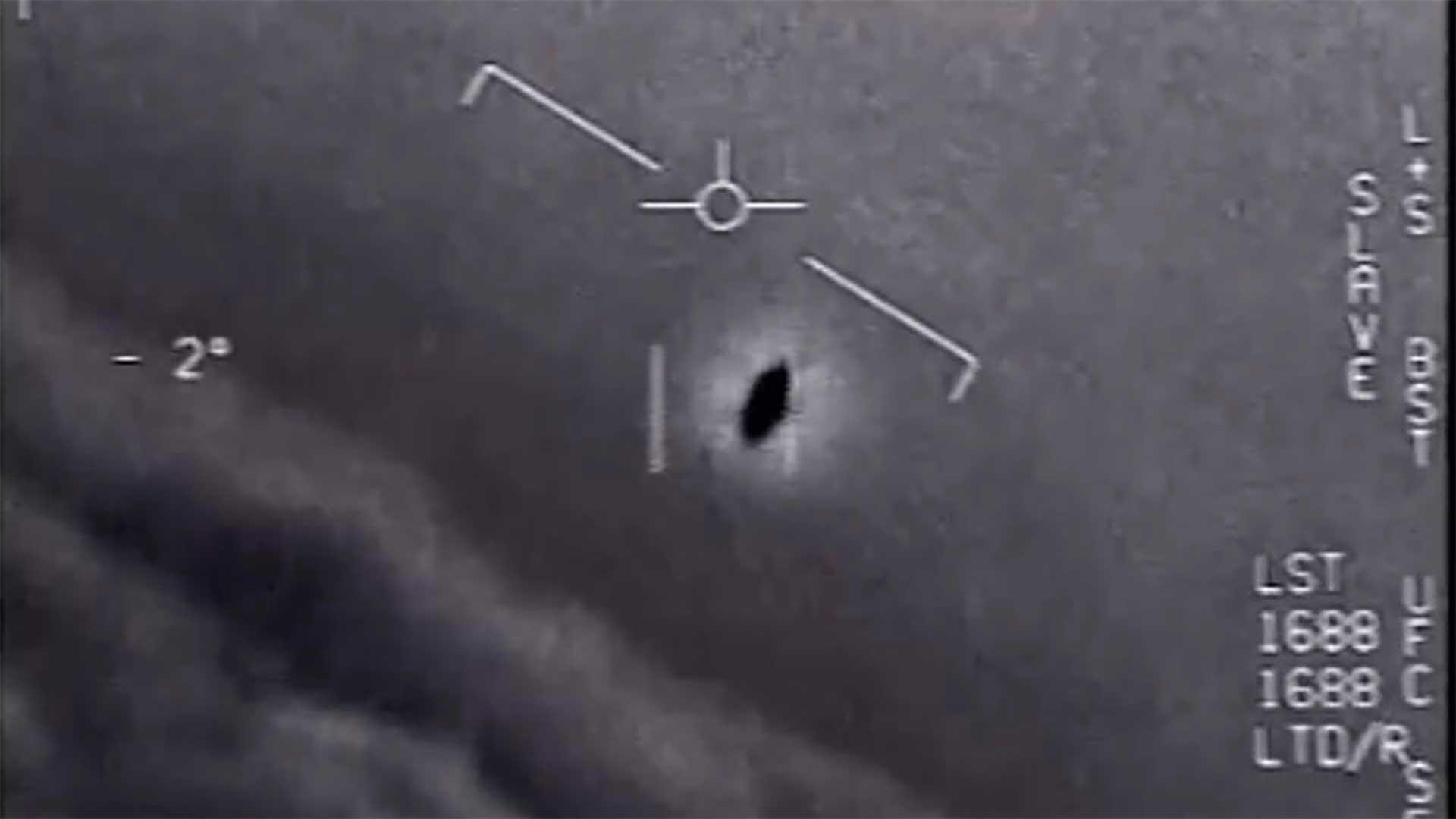
The idea that extraterrestrial beings might inhabit the cosmos is not uncommon, nor is it new. The ancient Greeks wrote about the possibility that the skies were populated by gods and men, and modern surveys suggest that approximately 80 percent of the American populace think it’s likely that aliens exist on other worlds.
Today, this conviction is especially appealing given the enormous tally of planets known to be scattered throughout the universe – as many as a trillion in a single galaxy. But there’s another widespread belief that elaborates on this idea: Namely, that there are extraterrestrials visiting Earth now (or in the historical past). This is colloquially referred to as the UFO hypothesis.
While unrecognized objects in the sky are an age-old phenomenon, modern UFO sightings began just after the Second World War. Kenneth Arnold, a salesman of fire control products and a private pilot, saw nine objects flying near Mt. Rainier, south of Seattle, in the summer of 1947. He estimated that their speed was far in excess of any airplane, and his story was picked up by a newspaper in Pendleton, Oregon.
This was the first in a string of strange occurrences that year, including the so-called Roswell incident in which a “flying disk” (as they were called at the time) was said to have crashed in the New Mexico desert. The changing story of the Air Force in the wake of debris found about 45 miles northeast of Roswell fostered the persistent belief that the federal government knows of alien visitors, but is keeping the news under wraps because, presumably, the public couldn’t deal with such news.
Surveys made since the 1960s have shown that roughly one-third of the American citizenry believes that at least some of the tens of thousands of UFO sightings reported annually in the U.S. are alien craft.
However, few scientists agree. Why is that?
Interstellar travel is exceedingly difficult
Despite the impression conveyed by film and television, traversing the enormous distances between the stars is not trivial, no matter what level of technology is employed. Either spacecraft have to spend tens of thousands of years en route, or they must command extraordinarily massive quantities of energy to reach high speeds. This is a limitation imposed by physics, and doesn’t depend on whether the rocket engines are chemical, nuclear, or powered by matter-antimatter annihilation. Warp drive is a plot device for TV, not an established technology.
Some reasonable incentive is required
Given the difficulty (and cost) of interstellar travel, it seems reasonable that any aliens would need a good motivation to undertake it. Coming here to embroil themselves in the affairs of humankind seems highly improbable. That’s because the evidence of our existence – in the form of radar, radio and television signals – has washed over only a few thousand nearby star systems; systems that are close enough that anyone picking up the transmissions would have time enough to come visit and be here now, even if they can travel at nearly the speed of light. Consequently, we can say that no alien societies are likely to have any knowledge of human affairs, let alone be motivated to visit.
The evidence is poor
Most of the proffered evidence for visitation is witness testimony. This is considered unreliable in science, even if the witnesses are honest and credentialed. One need only consider how reliable witness testimony is in the case of criminal cases.
The Navy videos
In 2017, videos made using infrared (heat) cameras on Navy jets showed strange shapes that seemed to twist in the sky or quickly pass beneath the aircraft. The perplexing nature of these videos has become a favored topic in UFO circles, and some consider it the best proof yet that there is extraterrestrial hardware in our airspace. The Navy has also said that the videos are genuine.
However, there are several possible explanations for what’s seen in these videos that don’t involve alien spaceships. In the case of the so-called tic-tac video, where the source of the heat resembles a peanut, one possible interpretation is that the camera is simply looking at the exhausts of a twin-engine jet flying in front of the Navy F-18 Hornet.
Bottom line: These videos are certainly intriguing, but fall short of being conclusive proof of extraterrestrial craft.
Disclosure is coming
This is today perhaps the most popular of the various arguments offered by UFO advocates as to why their pleas have moved so few scientists. According to this hypothesis, there exists conclusive evidence for alien visitors, but the government (almost invariably the U.S. government) is deliberate hiding it.
This is called an “argument from ignorance,” which is to say “yes, there’s compelling evidence, but someone is conspiring to keep it from you.” The usual rationale for the latter is that the public couldn’t handle the news. The fact that one-third of the public already believes that we’re being visited, and is not visibly unnerved by this supposed fact, weakens this excuse for secrecy.
- Seth Shostak
